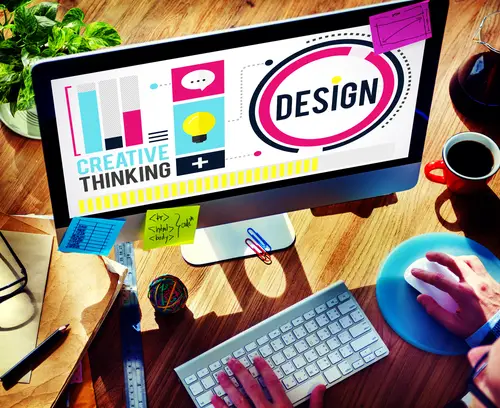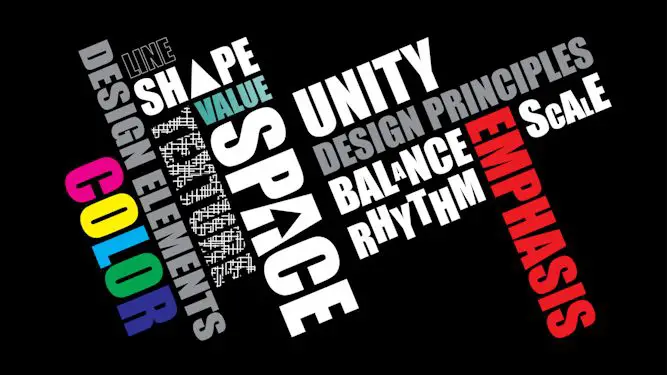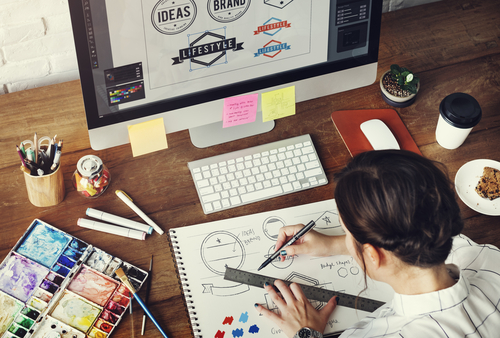Graphic design is the process of visual communication that combines ideas, imagery and text to convey information to an audience.
Graphic designers probably designed everything around you. From that big advertising board you drive by in your car to the business cards you have in your wallet, a designer has touched your world. Yes, some design is better than others, but design is design. The websites you know and love like Facebook and Twitter were designed by a designer. The logo you see every day on your coffee cup was designed by a designer. From the packaging of the food you eat to the t-shirts you wear, design plays a major role in helping you decide what best fulfils your needs, wants and lifestyle choices.

Design helps to increase customers in business
Design attracts customers. Graphic design allows you to persuade, announce, sell, invite, demonstrate and inform visually through a website design, package design, logo design, poster design, business cards or brochures etc.
Graphic design gives credibility to a professional organisation and aids in the building of a brand for long-term profitability and success.
With the help of the credibility and trust it brings, graphic design encourages a ‘call-to-action’ from potential customers. Examples include: like, follow, buy now, on sale, call today, register, learn more, available here, vote for me, visit www… or add to cart. These phrases are the basis for inbound marketing and making a profit online.
Without the proper design standards, conventions and methods used by an experienced designer or agency, your marketing goals could end up being mediocre or a total failure.
One of the best ways to solve a problem in business or product development is through the design process because it helps to communicate your intended message to the target audience. It’s the way organisations teach their customers about their products and services, which makes business grow. As we get distracted by the digital realm of social media, texting, smartphones and content overload, it will be designs’ job to cut through the clutter and grab the world’s attention in new ways.
Creativity combined with professionalism
Be aware that if the designer had her way, the design might have looked a lot different than what you see. Creativity is measured in the capacity and talent of a designer to take shape, colour, form, style, imagery and type and convert those design elements into original, progressive ideas that give the viewer or audience something they have never seen before. Creativity also can influence the purchase decision by causing the viewer to feel enjoyment or satisfaction when encountering a piece of communication. In design, creativity is often restrained to ensure accuracy in communicating with the desired audience. It can also be repressed by the product or service owner’s idea of how best to present itself. These dynamics determine the level of attention the design grabs and the target audience.
Today, anyone with a computer can type out a business card, design an advertisement or build a website. You yourself may have probably used some paper and a marker pen to draw out a garage sale sign. But credibility, trust, the creativity and resources of a professional designer or agency along with an integrated marketing plan (PR, advertisement, promotions, etc.) are the foundations of causing any buyer initially in the sales cycle to seriously consider your product or service for purchase. Design is hard. It takes time. Sure, a designer could come up with something quickly, but usually the result won’t have any real thought behind it and will probably be poorly done. Since design solves a problem, if you don’t allow enough time to find the best solution for your problem, it will most likely fail.

